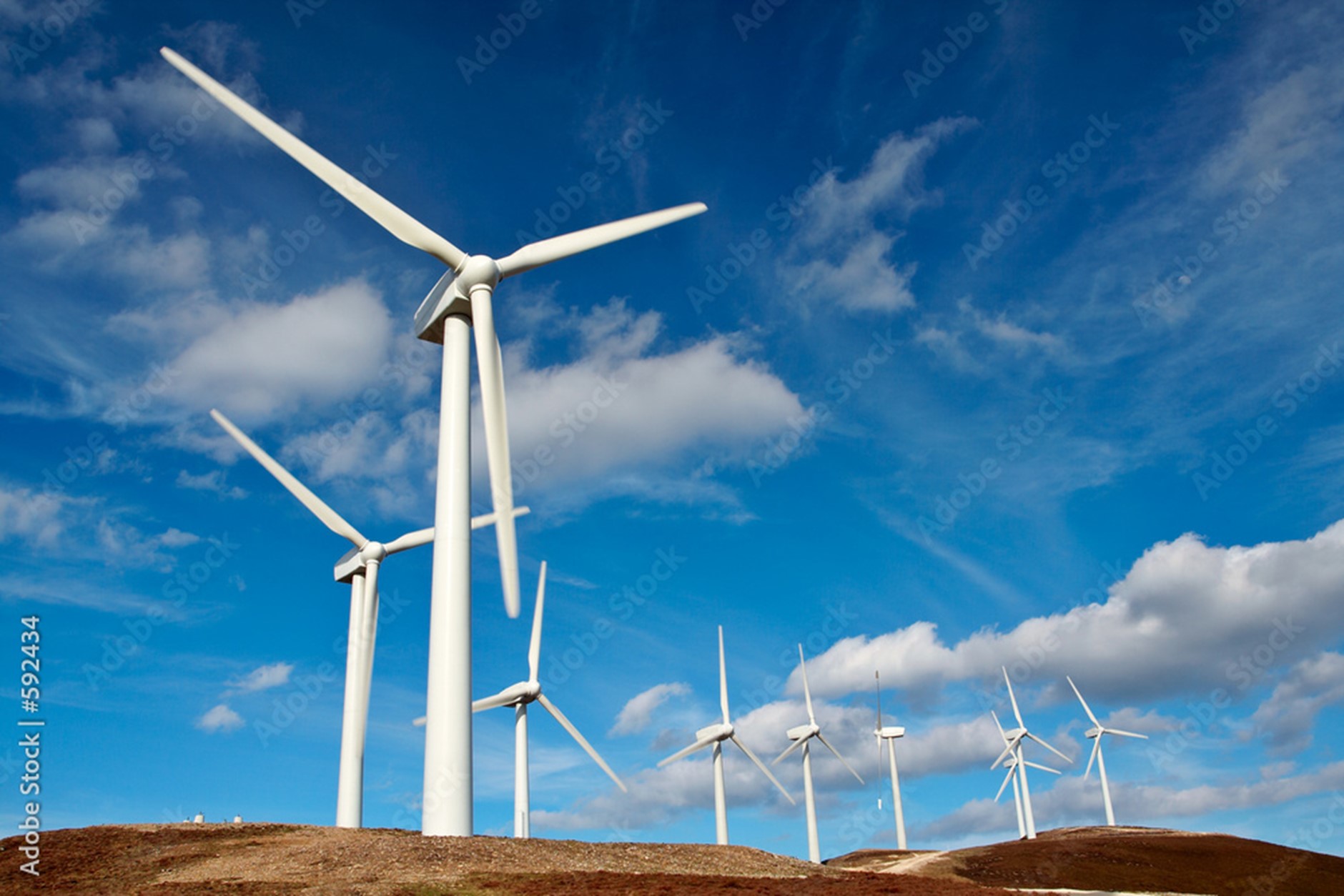Wind energy is one of the most promising options. Wind energy is clean, renewable, and has a minimal environmental impact. Wind turbines are becoming popular across the globe.
To increase efficiency and extend the life of wind turbines, blade design is crucial. Recently, wind turbine blade design has emerged as a popular trend.
We will explore the advantages of wind turbine blade design with hydrophobic coating. Read on to learn more.
Table of Contents
Self-Cleaning Blades
Wind turbines are often exposed to harsh weather conditions, including:
- heavy rainfall
- dust storms
- hailstorms
These environmental factors can cause the turbine blades to accumulate dirt and debris. This leads to a reduction in energy output. With hydrophobic coating, wind turbine blades become self-cleaning.
The coating ensures water droplets slide off the blades, dragging dirt and debris. This feature prolongs the lifespan of the turbines and enhances their efficiency.
Reduced Ice Formation
Ice buildup on turbine blades is a common problem in cold climates. During winter, temperatures drop below freezing. It causes water droplets to freeze on the turbine blades.
As the ice accumulates, this will:
- increases blade weight
- reduces its aerodynamic efficiency
- increases rotor resistance
Incorporating hydrophobic coating on turbine blades helps reduce ice formation. The coating makes it difficult for ice to adhere to the blades. It also reduces the risk of structural damage.
Improved Performance
It has been shown to perform better than those without. The coating has a low coefficient of friction. This reduces resistance and allows the blades to rotate with less drag.
Moreover, some hydrophobic coatings can withstand extreme temperatures and UV radiation. It makes them suitable for any climate. Improved efficiency leads to lower production costs and increased electric power output.
Environmental Benefits
Wind energy has been accepted as a means of reducing carbon emissions and reliance on fossil fuels. This reduces water in the air, impacting the environment.
For green energy innovation, the coating also extends the turbine’s lifespan. This also reduces the need for frequent maintenance and replacement, reducing waste and pollution.
There’s also the broader advantage of resource conservation. Hydrophobic coatings, by extending the lifespan of the turbines. It minimizes the need to manufacture new components, thus preserving resources.
Implementing this coating for turbine blades promotes the following:
- development and adoption of innovative
- eco-friendly solutions
- encouraging advancements in sustainability
Thus, the hydrophobic coating contributes to the larger environmental goal. This establishes a cleaner and more sustainable energy sector.
Cost-Effective Solution
This is a cost-effective solution when compared to other methods. Other methods, such as de-icing systems, are expensive. This requires frequent maintenance and can interrupt turbine operation.
Hydrophobic coating is easy to apply, requires minimal maintenance, and lasts several years. In the long term, hydrophobic coating reduces the cost of maintenance and repairs. This leads to increased profitability.
Understanding the Advantages of Wind Turbine Blade Design
Wind turbine blade design with hydrophobic coating has numerous advantages. Hydrophobic coating is a simple and effective solution. It ensures wind turbines operate, even in harsh weather conditions.
Deploying wind turbines can bring us closer to a cleaner and sustainable future.
For more helpful tips, be sure to follow our site today!








